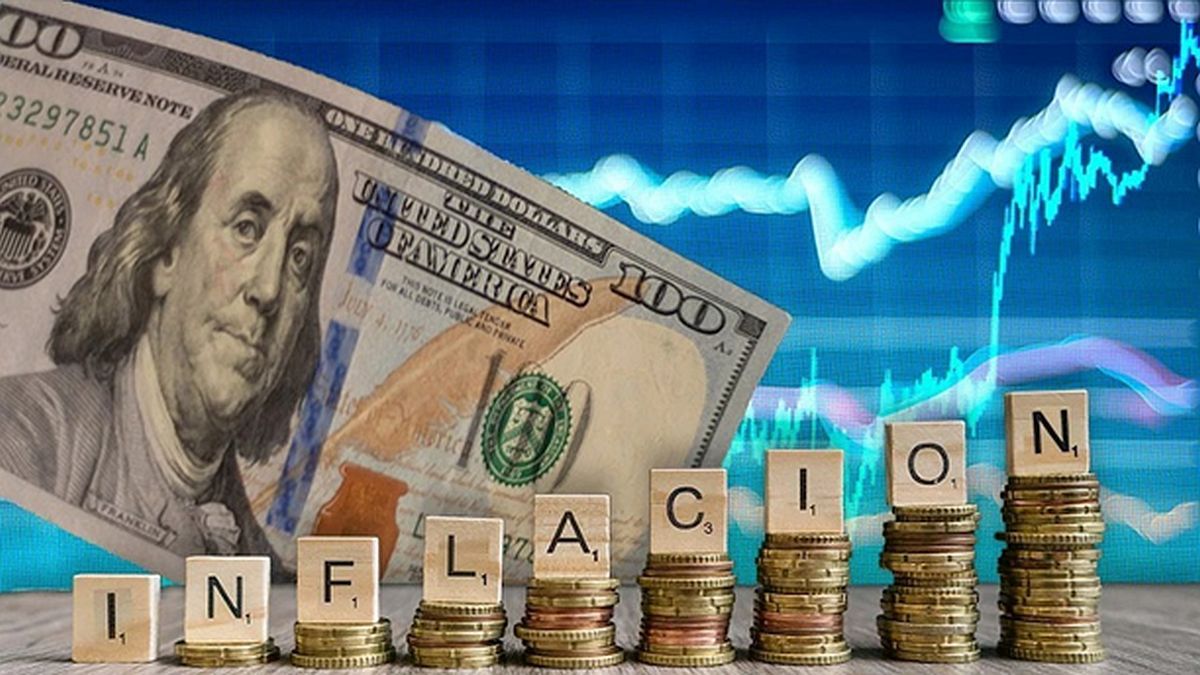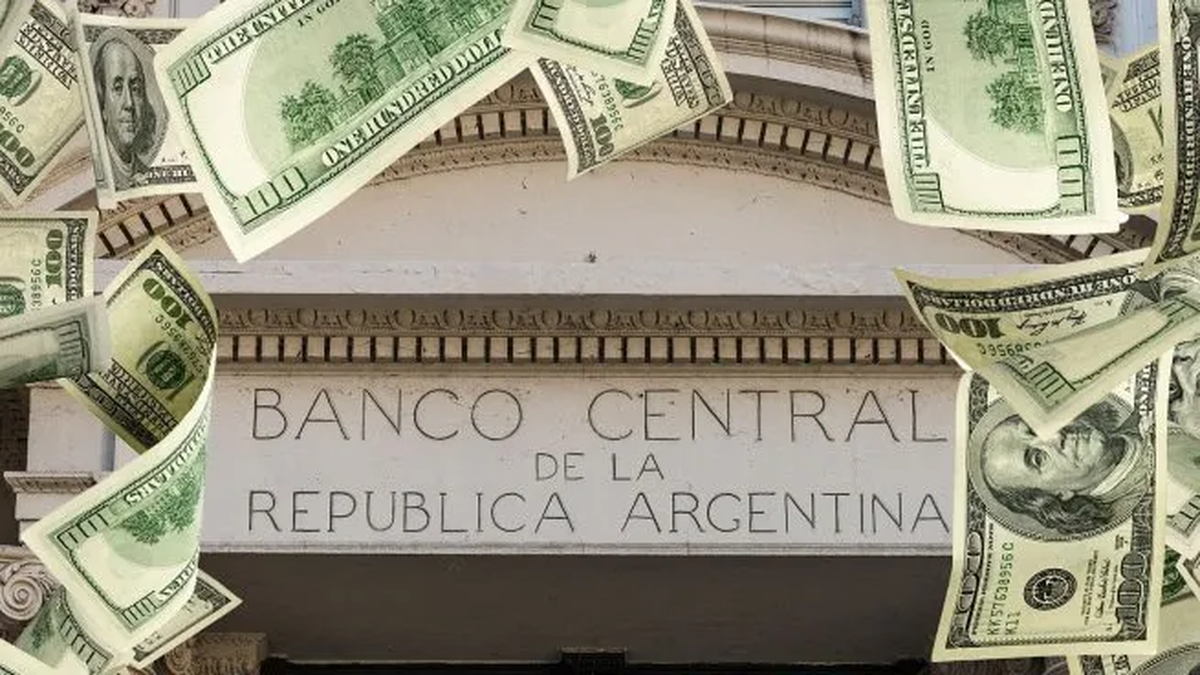In the staff report published last Friday, the IMF projects a marked deceleration of inflation in Argentinaproduct of a combination of strict fiscal and monetary policies, together with a more flexible exchange regime. After closing 2024 with an annual three -digit inflation (118%), The agency estimates that prices They will increase between 18% and 23% in 2025, reaching an annual inflation of a single digit around 2027.
This official estimate of the Fund coincides with the projection of the government, which in its last base scenario anticipated an inflation of 18.3% by 2025. However, The IMF introduces a somewhat wider range, with a roof of 23%, recognizing that the estimate could stretch.
The new scenario of the Fund is based on the success of the stabilization plan implemented by the Government, which would have managed to consolidate a rapid deflation from the second semester of 2024. To this is added an austere fiscal policy, a strict monetary discipline and a more robust exchange regime, in which The exchange rate acts as a shock absorber against external shocksthus reducing inflationary pressures.
However, this vision It is not shared by most private sector analysts. A recent survey of Focuseconomicswhich collects projections of more than 40 national and international consultants and banks, It expects inflation in 2025 to average 42.9%. This estimate doubles the official forecast of the Government and the IMF, and is explained, according to the consultants, more for a statistical effect compared to the extraordinary levels of the previous year, than by a sustained process of structural disinflation.
Dollar inflation.jpg
Inflation and dollar: macro variables according to the IMF and international banks
Lighter dollar and more strict monetary politics
The exchange deregulation process promoted by the Government also seeks to consolidate greater stability in the exchange front. After the elimination of the regime of CRAWLING PEGthe Argentine peso began operating within a controlled flotation band, with a range established between $ 1,000 and $ 1,400 per dollar. . According to projections of Focuseconomicsthe official exchange rate would close the year around $ 1,306 per dollar, which suggests a Moderate but constant depreciation of weight throughout the year.
To give some references, Among the projections for the official exchange rate in 2025, the estimates of Banks and Risk Rating that foresee a base scenario for the dollar, in these numbers:
-
Santander projects a dollar to $ 1,300.
-
UBS provides for a change rate of $ 1,400.
-
Moody’s Analytics Estimate the dollar in $ 1,187.
-
Itaú Unibanco locates the exchange rate in $ 1,175.
-
Fitch Ratings projects $ 1,351.
-
Citigroup Global Markets anticipates $ 1,281.
-
Barclays Capital estimates a change rate of $ 1,213.
On the other hand, for the IMF, the support of exchange release will be a stricter monetary policy. In line with the expected decline in inflation, the IMF supports a monetary and exchange scheme that combines greater flexibility in the exchange rate, positive interest rates and Restriction to the monetary financing of the deficit. This new frame would not only allow strengthening inflationary control, but also Increase demand for pesosstabilize the exchange market and Improve international reserves coveragewith the additional support of the income of foreign direct investment.
What is expected for the economy?
Although the focus is put to lower inflation, the IMF also projects a Strong economic recovery in 2025with a Real GDP growth of 5.5%driven by domestic demand and a statistical rebound after the 1.7% drop in 2024.
In the medium term, growth would converge by 3% per year, traction by macroeconomic stability, structural reforms and dynamic sectors such as energy and miner.
The risks indicated by the IMF
Disinflation also begins to be reflected in social indicators. The poverty fell from 53% to 38.1% Between the first and second semester of 2024, while extreme poverty was reduced from 18% to 8.2%. The IMF attributes this improvement to the rebound of the economy, the Recovery of real wages and the brake on the price escalation.
However, the agency warns that Important risks persist. Electoral volatility, internal social tensions and a more challenging international context could hinder the execution of the economic program. Faced with this, the IMF highlights the existence of contingency plans agreed with the Argentine government To answer for eventual shocks.
Finally, it is key to highlight Risks also indicated by Focuseconomics analysts in their report. While they consider that the lifting of exchange restrictions represents “a good omen for private investment”, they warn that this measure also “implies a considerable risk, a depreciation of the weight and an consequent rebound of pressures on prices.”
Source: Ambito




